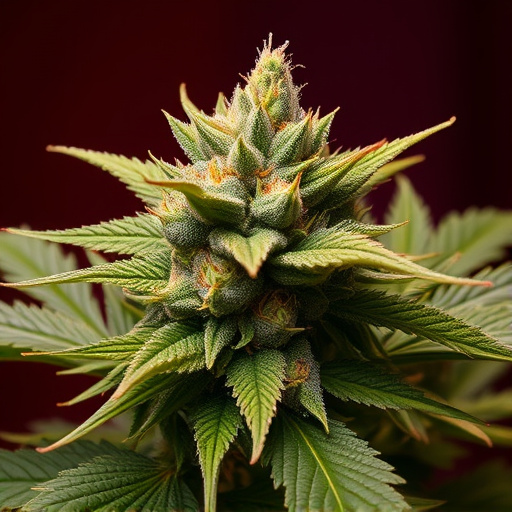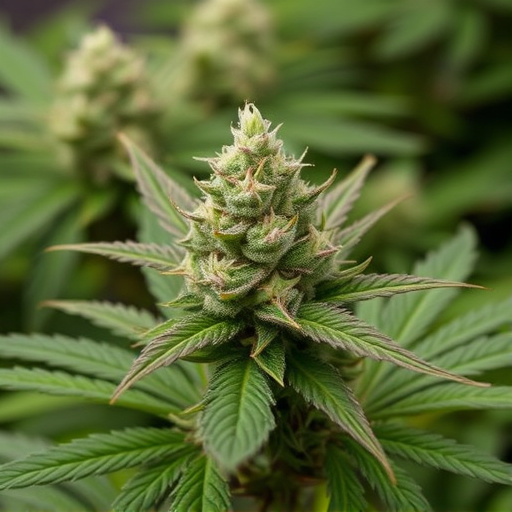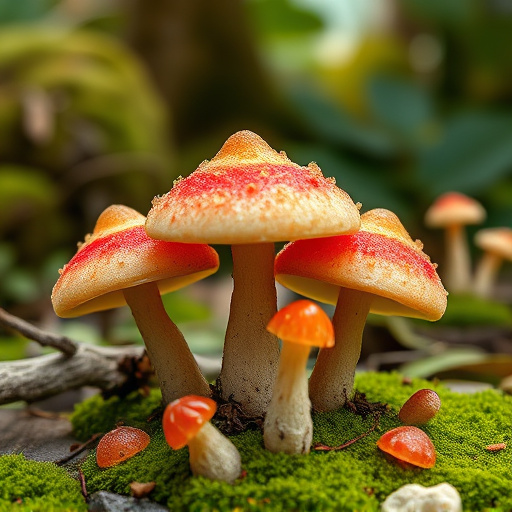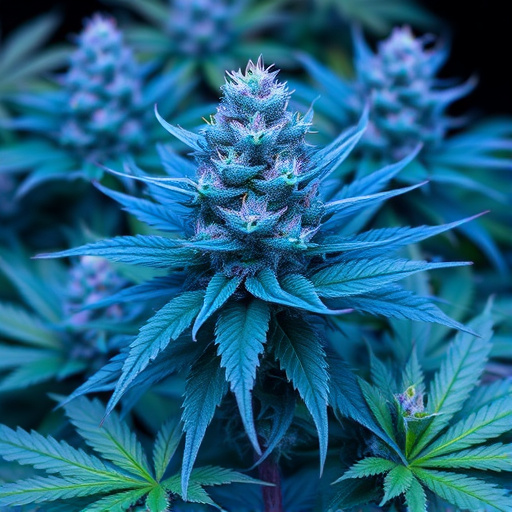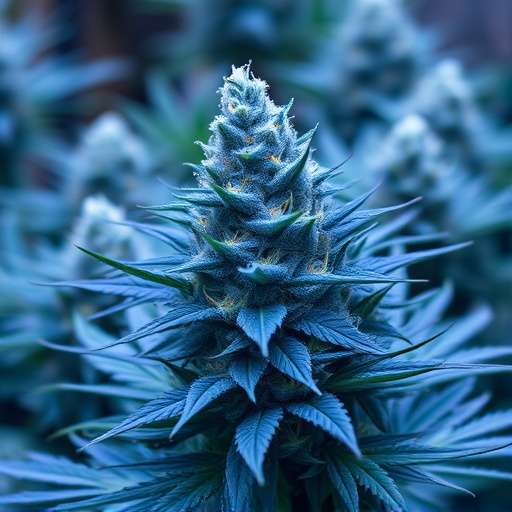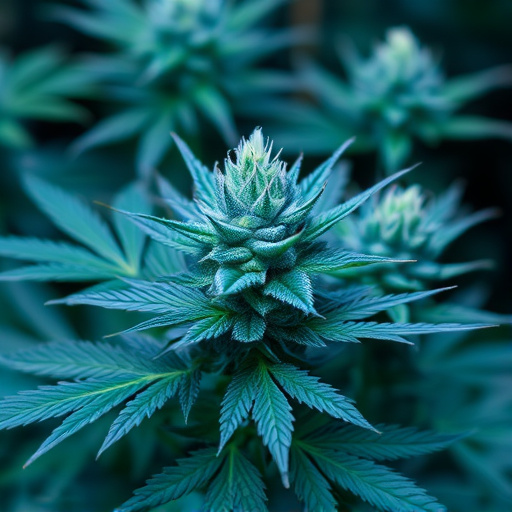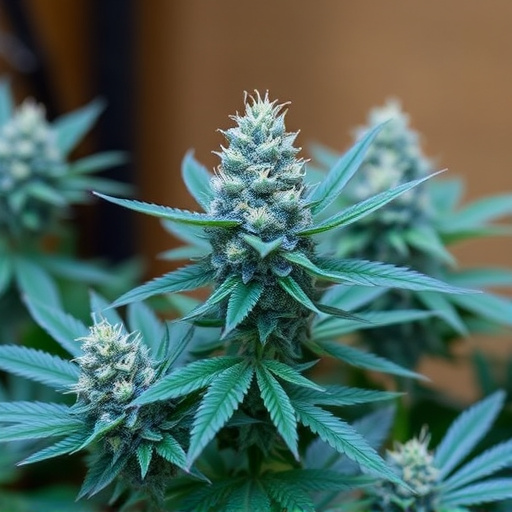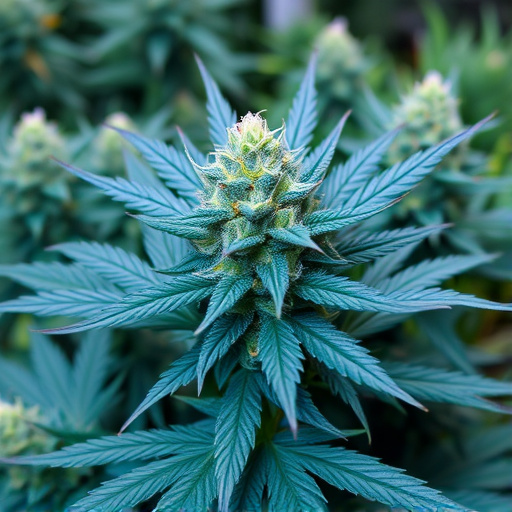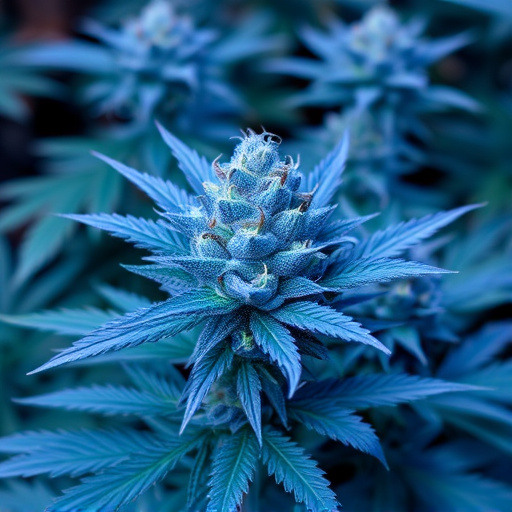Blue marijuana strains, popular for their aesthetic appeal and intense effects, carry significant health risks. High THC levels can trigger anxiety, paranoia, and mood disorders, with potential long-term cognitive impacts on memory and learning, especially in adolescents. Smoking these strains may cause respiratory issues and increase the risk of chronic bronchitis. Additionally, regular use can lead to psychological consequences like increased chances of anxiety, depression, and psychosis, as well as physical side effects such as cardiovascular problems and addiction. Weighing these risks is crucial when considering blue marijuana strains.
“Unraveling the side effects of smoking weed, especially the impact of blue marijuana strains, is essential for both casual users and those considering recreational or medicinal use. This article delves into the potential health risks associated with these potent strains, exploring their psychological effects on mental well-being and long-term physical consequences, including addiction possibilities. Understanding these side effects is crucial for making informed decisions regarding cannabis consumption.”
- Potential Health Risks Associated with Blue Marijuana Strains
- Psychological Effects and Mental Well-being Concerns
- Long-term Usage: Physical Side Effects and Addiction Possibilities
Potential Health Risks Associated with Blue Marijuana Strains
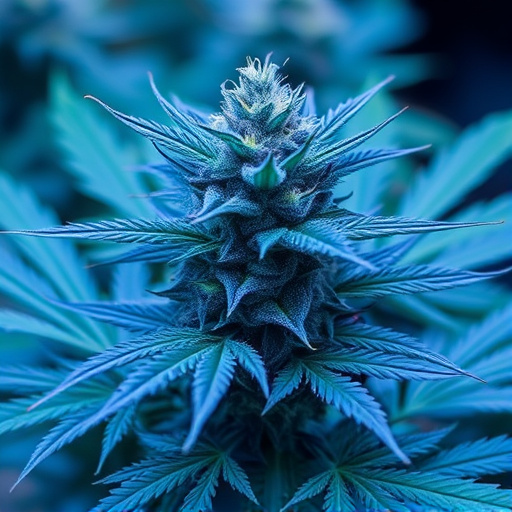
Blue marijuana strains, known for their distinct hue and potent effects, have gained popularity among users seeking enhanced relaxation and euphoria. However, it’s essential to recognize that these varieties may also carry potential health risks. Research suggests that blue strains, due to their high concentrations of tetrahydrocannabinol (THC), can lead to increased anxiety, paranoia, and mood disturbances in susceptible individuals. The powerful psychoactive effects can trigger intense sensations, causing some users to experience a sense of disconnection from reality or even induce psychotic episodes in those with pre-existing mental health conditions.
Additionally, the long-term effects of blue marijuana strains on cognitive function are still being studied. Early research indicates that chronic use may impact memory and learning abilities, particularly in adolescents whose brains are still developing. The high THC content can also contribute to respiratory issues, as smoking any substance, including cannabis, can irritate the lungs and potentially lead to chronic bronchitis or other respiratory complications. Therefore, understanding the risks associated with blue strains is crucial for making informed decisions regarding their consumption.
Psychological Effects and Mental Well-being Concerns
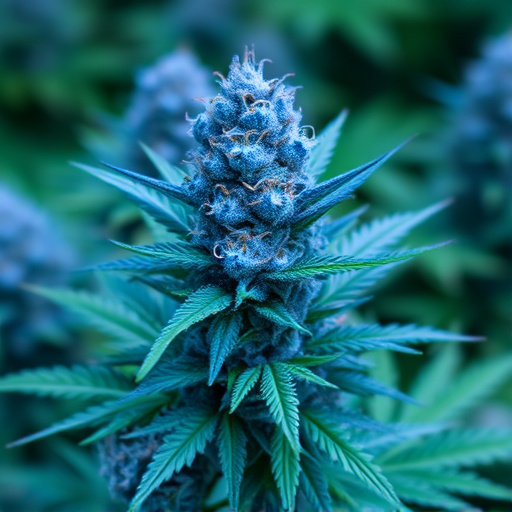
Smoking weed, or consuming cannabis, can have significant psychological effects on users, especially those who engage in it regularly. While some individuals claim blue marijuana strains offer a more soothing experience, the impact on mental well-being cannot be overlooked. Research suggests that frequent cannabis use may contribute to an increased risk of developing mental health disorders such as anxiety, depression, and psychosis. These effects are particularly pronounced in young people whose brains are still developing. The cognitive impacts can include difficulties with memory, attention, and decision-making—skills crucial for daily functioning and academic or professional success.
The psychological landscape after prolonged cannabis use can be complex, with users sometimes experiencing a range of emotions from euphoria to feelings of disconnection. Some studies also link chronic cannabis abuse to long-term cognitive deficits, particularly in areas related to problem-solving and executive functions. As such, it’s essential to consider the potential risks, especially when exploring different blue marijuana strains or other forms of cannabis consumption.
Long-term Usage: Physical Side Effects and Addiction Possibilities
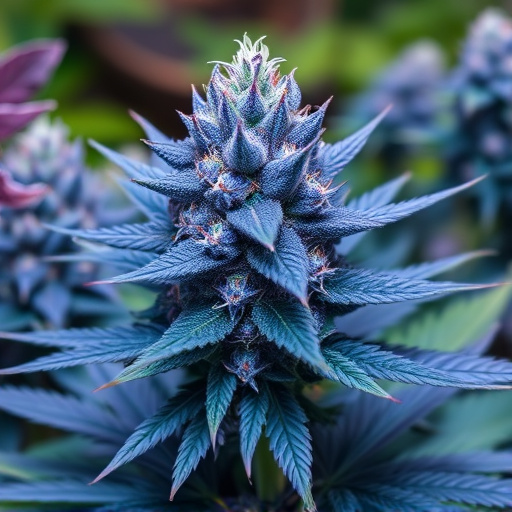
Long-term usage of marijuana, including blue marijuana strains, can lead to a range of physical side effects. Regular smoking may cause respiratory issues due to the inhalation of smoke irritants, which can result in chronic coughing and increased risk of lung infections. Additionally, it can impact cardiovascular health, leading to elevated heart rate and potential problems for individuals with pre-existing cardiac conditions. Studies suggest that frequent cannabis use might contribute to an increased risk of stroke and heart disease.
Over time, marijuana addiction is a real concern. While not considered as addictive as some other substances, regular users may develop dependence, experiencing withdrawal symptoms like irritability, insomnia, and increased appetite when they stop. The risk of addiction is higher in younger users, and certain blue marijuana strains, known for their high THC content, can exacerbate these risks due to their potent effects.
While the potential therapeutic benefits of cannabis have been widely discussed, it’s crucial to consider the side effects, especially with specific strains like blue marijuana. The psychological impacts and long-term usage risks, including physical side effects and addiction, cannot be overlooked. Understanding the potential dangers associated with blue marijuana strains is essential for making informed decisions regarding their use. As research continues, staying informed about both the benefits and drawbacks of cannabis is vital for maintaining mental well-being.
